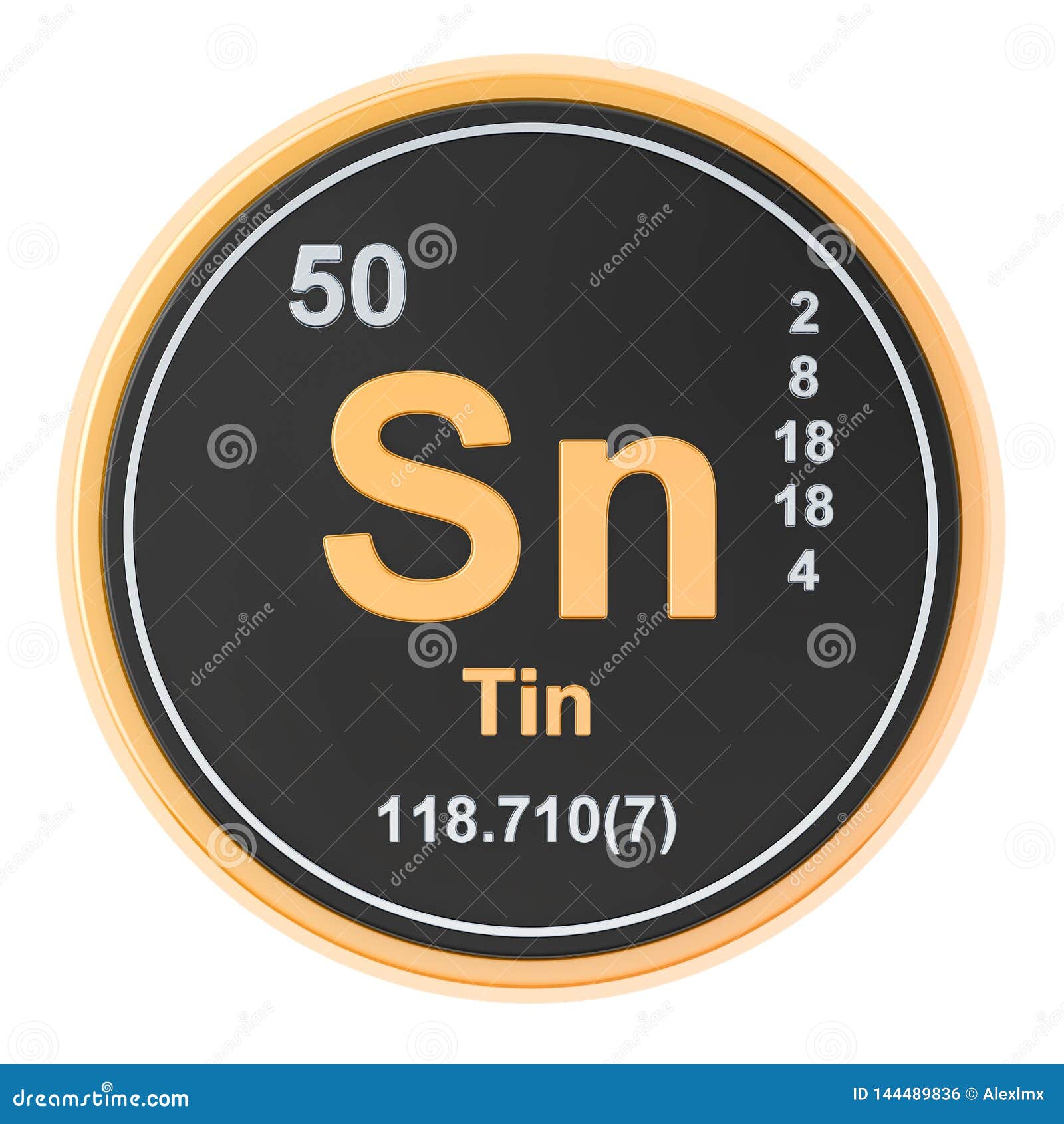
This limitation is especially significant in organic compounds, in which hundreds if not thousands of different molecules may share the same empirical formula. The formulas we ordinarily write convey no information about the compound's structure- that is, the order in which the atoms are connected by chemical bonds or are arranged in three-dimensional space.
#Chemical element sn code
You can link to this page, using the code below: It is found in water systems and soils and remains there for decades. One problem with tin is that it is not easily biodegradable and can take a long time. Exposure affects reproduction and growth. Organic tin pollutes the environment and is toxic to phytoplankton, fungi, fish, and other species. Long-term exposure results in brain damage, weak immune system, liver damage, depression, sleeping disorders, and chromosomal damage.
#Chemical element sn skin
Other side effects include stomach aches, headaches, and skin and eye irritation. Given that tin is mined and available commercially, it is rarely produced in lab settings.Įxposure can lead to shortness of breath, severe sweating, and dizziness. Indonesia is the world’s largest tin producer by volume. The major producers include Peru, Indonesia, Bolivia, Congo, Russia, Belgium, Thailand, and others. The East Asian and Bolivian tin belt are rich in deposits. The major mining sites are found in countries such as Indonesia, Malaya, Laos, Thailand, and China. The element can be extracted from different sulfides, including teallite, canfieldite, franckeite, cylindrite, tannite, and others. Other alloys such as bronze are used to make valves, water gauges, electrical devices, wires, and springs.

Alloys made from lead and tin, for example, are used in pipe organs. Specialized alloys also contain tin combined with zirconium, lead, and copper. Superconductive wires are manufactured by alloying niobium and tin. Solder and pewter are produced by combining lead and tin. Tin is also used to produce electronic equipment such as smartphones, tablets, iPads, and others. Tin oxide is a compound that is used in gas sensors and the ceramic industry. This is an alloy that is used to make industrial equipment.

Babbitt metal contains different metals, including tin, lead, cadmium, and arsenic. The element forms alloys that have various commercial applications and is used as solder for dental amalgams, joining electric circuits and pipes, babbitt metal, bell metal, and pewter. Tin, however, is widely used because the element is not affected by bases, acids, water, oxygen, and air.

Gray tin has few commercial applications. The element has a diamond cubic structure and forms different compounds, including organotin compounds, hydrides, and inorganic compounds such as tin tetraiodide, tin tetrabromide, and other halide compounds. There are 20 isotopes and 10 of them are stable. It has a boiling point of (4118 F) 2270 C and melting point of 450 F (232 C). Tin has good corrosion resistance and is used as a catalyst. The element is pliable and soft and reacts with acid salts, alkalis, and strong acids. Tin is ductile, malleable, and silvery-white in color and occurs in two allotropic forms. Copper and tin were combined to produce bronze as early as 3000 BC. Tin (atomic number 50, symbol Sn) is a metal and chemical element which is known since ancient times.


 0 kommentar(er)
0 kommentar(er)
